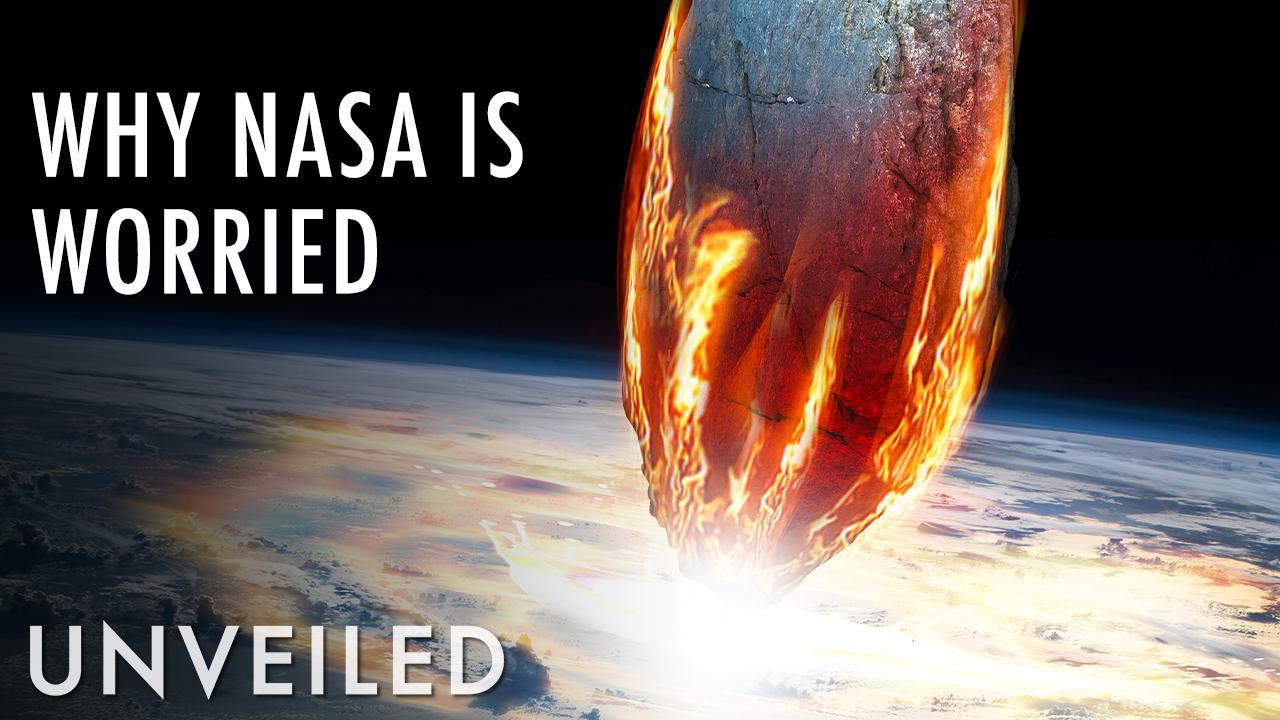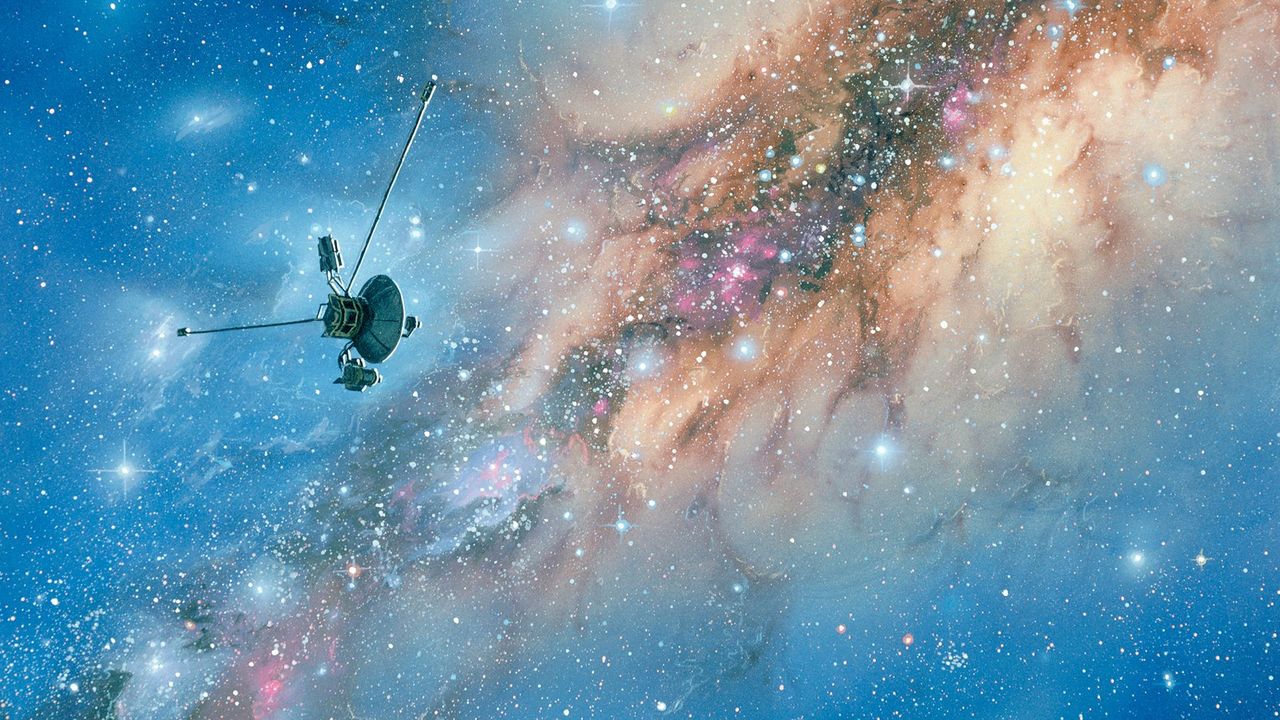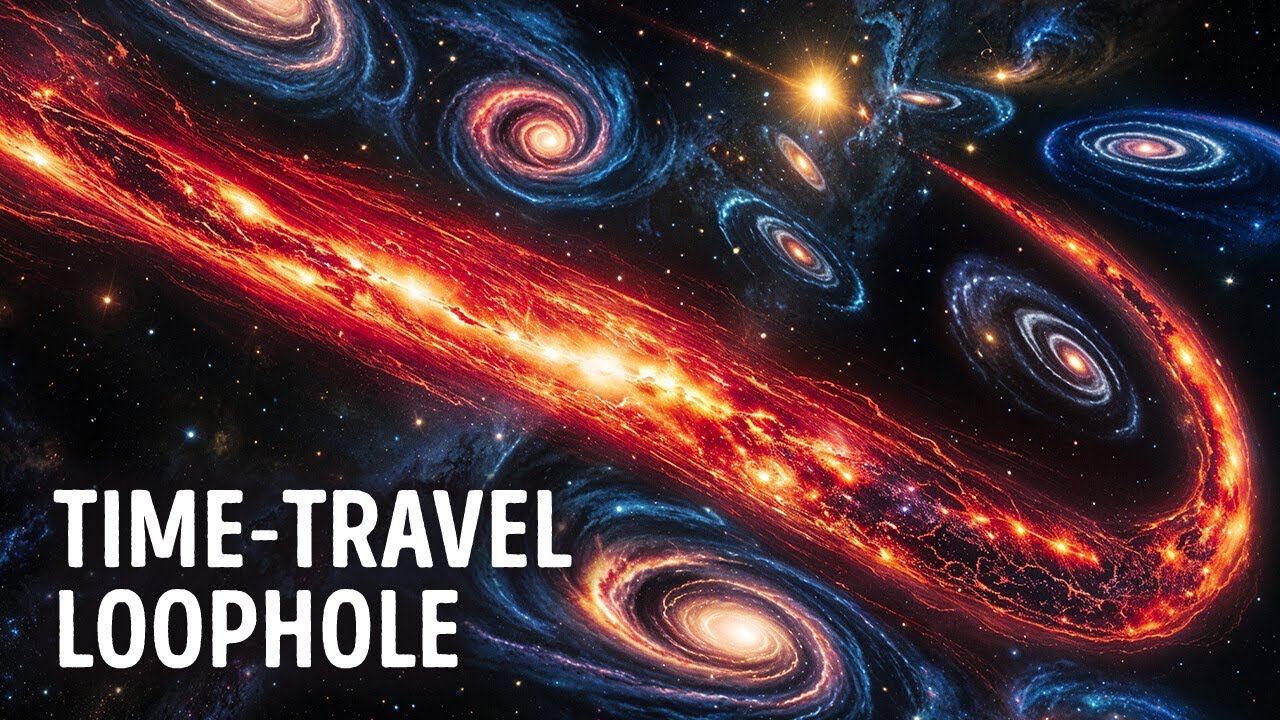The universe is a cosmic shooting gallery, and Earth is the target. While Hollywood loves asteroid disaster movies, the threat is very real—NASA currently tracks over 30,000 near-Earth objects, some with unsettlingly close approaches. These celestial wanderers have shaped our planet’s history (just ask the dinosaurs) and could dramatically alter our future.
Here are the 10 most dangerous asteroids that pose a genuine risk to Earth, their potential impacts, and whether we could stop them.
1. Bennu (101955 Bennu) 🪐💥
Risk Level: 1 in 1,750 chance of impact (2182)
Size: 1,610 ft (490 m) wide – taller than the Empire State Building
Threat: A Bennu impact would release 1,200 megatons of energy—24 times stronger than the largest nuclear bomb ever detonated.
NASA’s OSIRIS-REx mission collected samples from Bennu in 2020, giving scientists critical data. The DART mission (which successfully nudged an asteroid in 2022) could be a blueprint for deflecting it.
2. 1950 DA (29075) ⏳☄️
Risk Level: 1 in 8,300 chance of impact (2880)
Size: 0.81 miles (1.3 km) wide – big enough to cause global catastrophe
Threat: If it hits, it could trigger a 5-mile-wide crater, tsunamis, and climate disruption.
1950 DA spins so fast that it defies gravity—scientists aren’t sure how to nudge it without breaking it apart, which could make things worse.
3. Apophis (99942 Apophis) 🐍🌍
Risk Level: Eliminated for 2029, but slight risk in 2068
Size: 1,120 ft (340 m) wide – the size of three football fields
Threat: Initially, NASA gave Apophis a 2.7% chance of hitting Earth in 2029. New data ruled that out, but gravitational shifts could alter its path in 2068.
Apophis will pass closer than some satellites in 2029—close enough to see with the naked eye. Scientists will use this flyby to refine future risk predictions.
4. 2023 TL4 (New Threat) 🔭⚠️
Risk Level: 1 in 2,700 chance of impact (2119)
Size: 1,082 ft (330 m) wide – city-killer potential
Threat: Discovered in 2023, this asteroid has one of the highest impact probabilities on NASA’s risk list.
More observations are needed to refine its orbit, but if it stays on track, we might need a DART-like deflection mission.
5. 1979 XB (Minor Planet Center: N/A) 🚀🌑
Risk Level: 1 in 9,000 chance of impact (2056)
Size: 2,300 ft (700 m) wide – regional extinction-level threat
Threat: Lost after its 1979 discovery, astronomers rediscovered it in 2022. Its erratic orbit makes it hard to track.
If it hits, it could wipe out a small country and cause global crop failures from dust blocking sunlight.
6. 2009 JF1 (Lost Asteroid) 🕵️♂️☄️
Risk Level: Previously 1 in 4,000, now downgraded
Size: 42 ft (13 m) wide – smaller but still dangerous
Threat: Initially thought to have a high impact risk in 2022, better data reduced its threat level.
It’s a reminder that small asteroids can still cause damage (like the 2013 Chelyabinsk meteor that injured 1,500 people).
7. 2010 RF12 (Small but Fast) ⚡🌠
Risk Level: 1 in 10 chance of impact (2095)
Size: 23 ft (7 m) wide – not globally threatening but could level a city block
Threat: It’s tiny, but traveling at 27,000 mph (43,000 km/h)—fast enough to ignite a fireball like a nuclear blast.
If it hits, it would likely explode in the atmosphere like the Tunguska event (1908), flattening trees for miles.
8. 1997 XF11 (Close Call) 🌍☄️
Risk Level: Eliminated for 2028, but future passes uncertain
Size: 1.3 miles (2.1 km) wide – civilization-ending potential
Threat: In 1998, astronomers initially predicted a possible 2028 impact, but later observations ruled it out.
Asteroids this large only hit Earth every ~500,000 years, but if one did, it could trigger a mass extinction.
9. 2007 FT3 (The Ghost Asteroid) 👻🌑
Risk Level: 1 in 11.5 million chance of impact (2024)
Size: 1,030 ft (314 m) wide – major regional destruction
Threat: Lost after its 2007 discovery, it has multiple possible impact dates (2024-2116).
If it reappears, we’ll need rapid deflection plans—nuclear options are controversial but may be the only choice with short notice.
10. Didymos & Dimorphos (DART Test Target) 🎯🚀
Risk Level: No threat (used for NASA’s deflection test)
Size: 2,560 ft (780 m) & 525 ft (160 m) wide
Threat: NASA’s DART mission successfully crashed into Dimorphos in 2022, proving we can alter an asteroid’s path.
This test gives hope that if a real killer asteroid is found, we might be able to deflect it.
Final Thoughts ☄️⚠️
The universe has hurled extinction-level asteroids at Earth before—and it will happen again. The good news? We’re getting better at tracking them. The bad news? We still don’t have a guaranteed way to stop a big one.
Are we prepared?
✅ Detection: Improving (but still gaps)
🚨 Deflection: Only tested on small scales
💥 Disaster Response: Not ready for a major impact
The clock is ticking—will we develop planetary defenses in time, or will we suffer the same fate as the dinosaurs?



